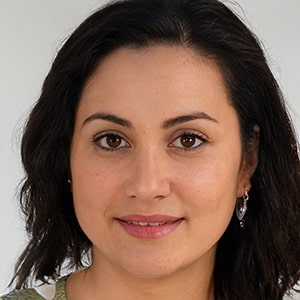What is the difference between a population and a community?
Hey, there! Today I am telling you “What is the difference between a population and a community?” The two words can sound the same, but they aren’t. Keep reading to learn more.
Contents
What is the difference between a population and a community?
A population is simply the number of people who live in a particular place. A community is a group of people who live together under one set of laws and customs. There are many differences between the two, and it all has to do with where you’re from and where you’re going.
A community is a place where people have traditionally lived together, whether that be in an urban area or in a rural district.
A population refers to the total number of living beings in a particular area, such as a town or city. A community, on the other hand, is made up of individuals who interact with one another and share common goals (such as making sure their streets are clean). This interaction can take place through shared interests or activities, whether they be cultural traditions or sports teams.
A population is a group of organisms that lives in the same area. A community, on the other hand, is a group of organisms who live together and share some common characteristics, such as habitat or behavior.
Both populations and communities have value because they provide essential functions for society. Populations support essential industries by providing workers and consumers, while communities offer social cohesion and help to maintain morale. In short, every population and community has something valuable to offer that makes it important for us all to collaborate together!
Main Difference Between a Population and a Community
The biggest difference between a population and a community is size. Populations are usually smaller than communities, so it’s relatively easy to see the difference between one and a dozen. But there are many other important differences between a population and a community, some of which are outlined below. The population is usually younger than the people living in the community.
Most of the people in the community will be older than you. The people in the community tend to be more connected through social media and other online channels than people living in the same community as you. You’ll rarely see a community where everyone knows each other. People in the community have fewer opportunities to meet and spend time with strangers than people in the same population.
How to Tell the Difference Between a Population and a Community
There are a few ways to tell the difference between a population and a community. First, an American author says: “The difference between a population and a community is one of degree, not kind.” In other words, if you average 100 people per square kilometer in your community, that’s a population. But if that same number live in another community with a drastically different environment (for example, a desert), then you’ve got a massive difference between the two.
You can tell immediately by examining the people. Next, look at how the people relate to one another. Are they likely to be in cliques or in gangs? Do they travel in large or small groups? Ask yourself how much you hang out with your peers and if you’ve got a large social or cultural divide between the two groups. If you answer “a lot,” “most of the time,” or “most of the time,” you’re more likely to find differences between populations.
Summing Up
The difference between a population and a community is huge, and it has to do with where you’re from and where you’re going. A community is simply the number of people who live in a particular place. A population is simply the number of people who live in a particular place. There are many differences between the two, and it all has to do with where you’re from and where you’re going.




